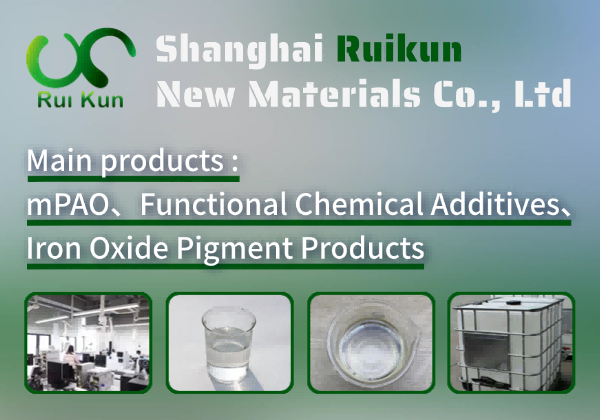What is Petroleum resins
**Introduction to Petroleum Resins** Petroleum resins are synthetic hydrocarbon polymers derived from the by-products of petroleum refining, such as C5, C9, or C5/C9 fractions. These thermoplastic resins are widely used as tackifiers, modifiers, and binders in adhesives, coatings, rubber, inks, and road-marking materials. With excellent solubility, water resistance, and chemical stability, they enhance adhesion, durability, and performance in various industrial applications. Available in different grades (aliphatic, aromatic, or hydrogenated), petroleum resins offer versatility in compatibility with other polymers. Their cost-effectiveness and ability to improve product properties make them indispensable in industries requiring strong bonding, weather resistance, and enhanced mechanical strength.
Preparation Process: Petroleum resins are prepared by polymerizing C5, C9, or mixed hydrocarbon streams derived from petroleum refining. The process involves thermal or catalytic polymerization (using Friedel-Crafts catalysts like AlCl3 or BF3) of unsaturated hydrocarbons (e.g., dienes, styrenes, and indenes). The feedstock is first distilled to remove light fractions, then heated to 200–300°C under pressure. Catalysts are added to initiate polymerization, followed by neutralization (e.g., with water or alkali) to deactivate the catalyst. The resin is then washed, filtered, and distilled to remove unreacted monomers and solvents. Finally, the molten resin is cooled and pelletized or flaked for commercial use. Adjusting feedstock and conditions controls properties like softening point and color.
Usage Scenarios: Petroleum resins are synthetic polymers derived from petroleum byproducts, primarily used as tackifiers, modifiers, and binders in adhesives, coatings, rubber, and inks. They enhance adhesion, cohesion, and durability in pressure-sensitive adhesives, sealants, and hot-melt adhesives. In rubber compounding, they improve processability, tensile strength, and aging resistance. Coatings benefit from their water resistance, gloss, and drying properties. They also serve as viscosity modifiers in printing inks and as reinforcing agents in tires. Their compatibility with various polymers makes them versatile in industrial applications, offering cost-effective performance enhancements in construction, automotive, and packaging industries.
Petroleum resins Basic Info
Safely Info
Petroleum resins Price
- **United States**: $1,200 - $1,800 per ton
- **China**: $800 - $1,500 per ton
- **Russia**: $900 - $1,400 per ton
- **Germany**: $1,300 - $1,900 per ton
- **India**: $700 - $1,200 per ton
- **Japan**: $1,400 - $2,000 per ton
- **Brazil**: $900 - $1,500 per ton
- **South Korea**: $1,200 - $1,800 per ton
- **Philippines**: $800 - $1,300 per ton
- **United Kingdom**: $1,300 - $1,900 per ton
- **France**: $1,300 - $1,900 per ton
- **Mexico**: $900 - $1,400 per ton
- **Canada**: $1,200 - $1,800 per ton
- **South Africa**: $800 - $1,300 per ton
- **Egypt**: $700 - $1,200 per ton
- **Turkey**: $900 - $1,500 per ton
- **Thailand**: $800 - $1,300 per ton
- **Indonesia**: $700 - $1,200 per ton
If no specific data is available for a country, it is marked as "No results." Prices are approximate and subject to change based on market conditions.


 沪ICP备2021018848号-5
沪ICP备2021018848号-5

